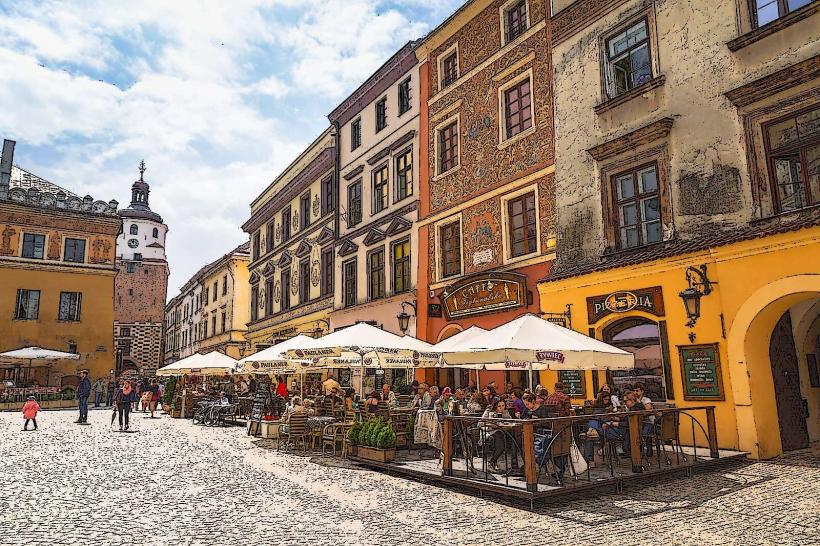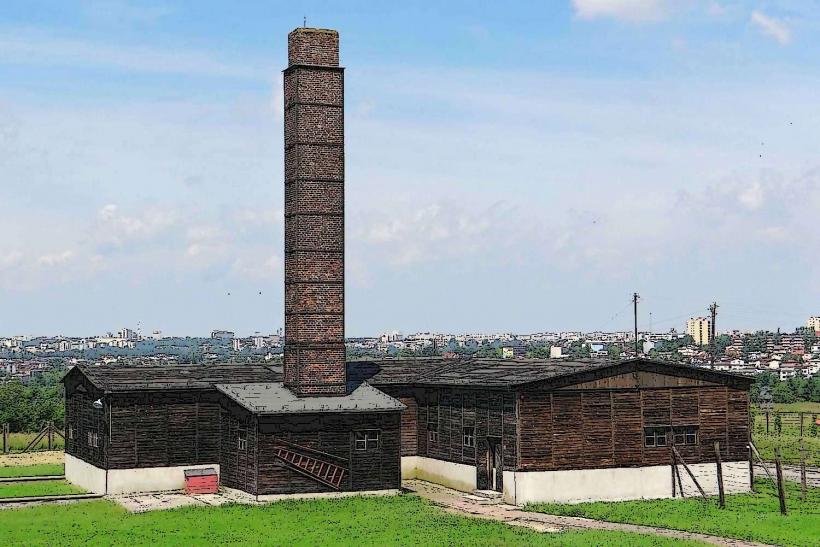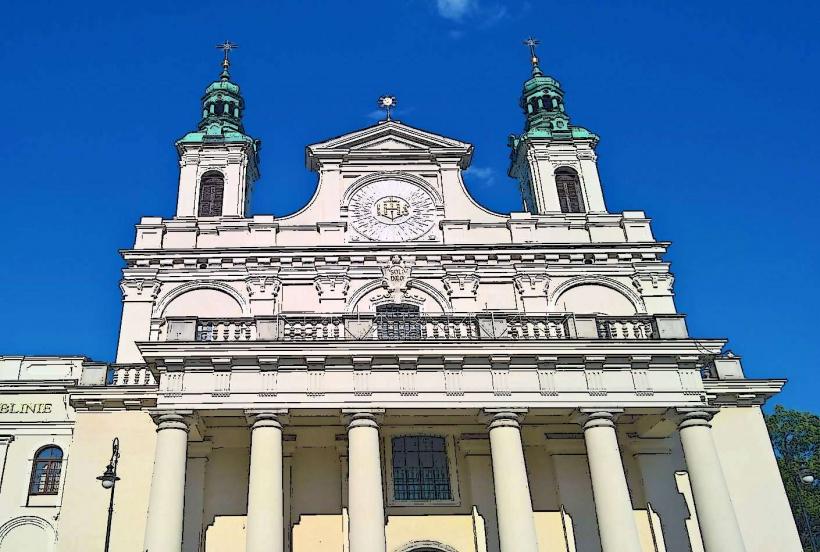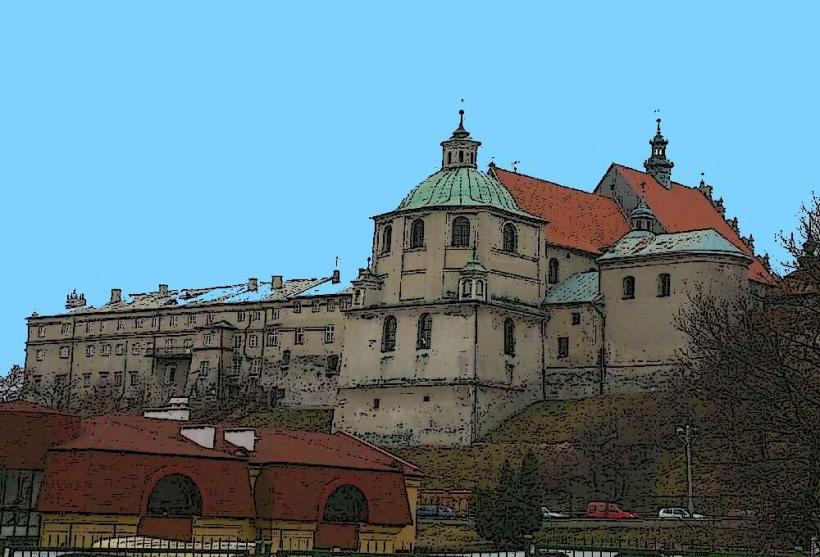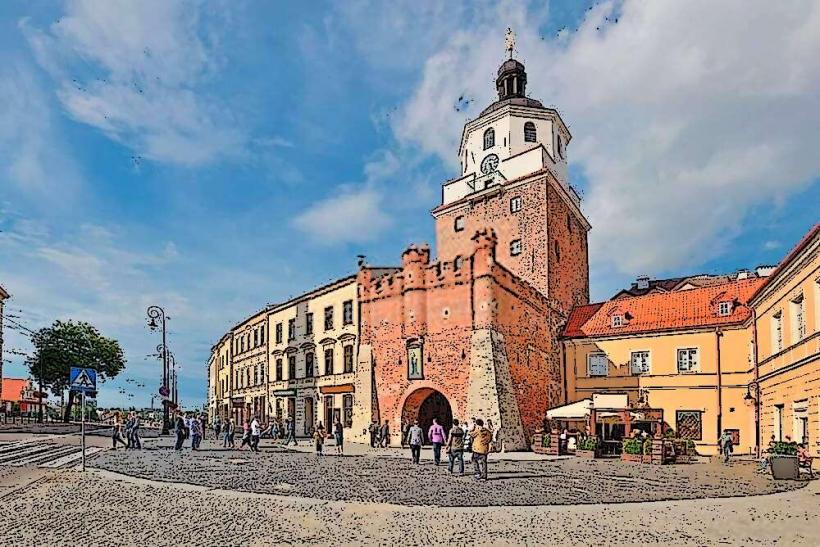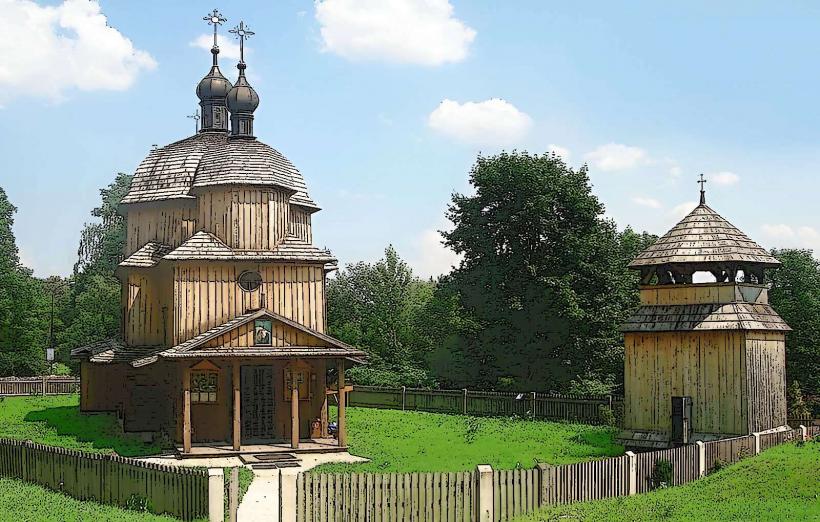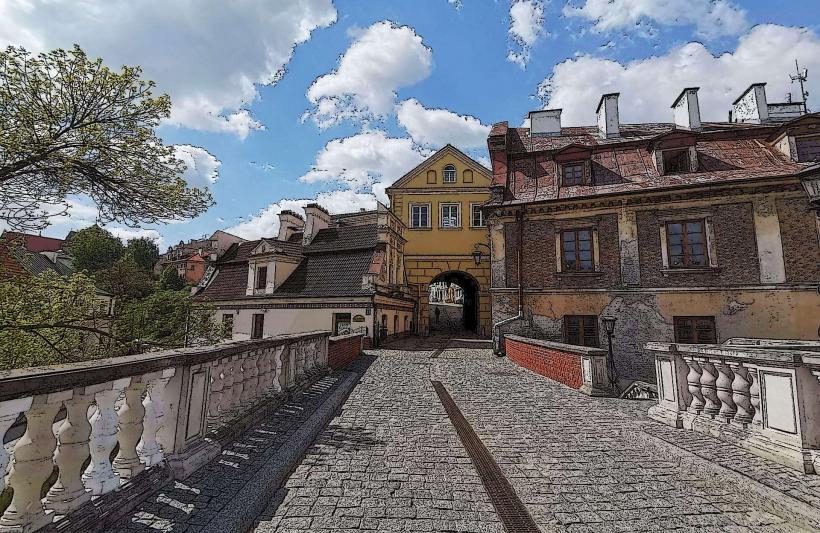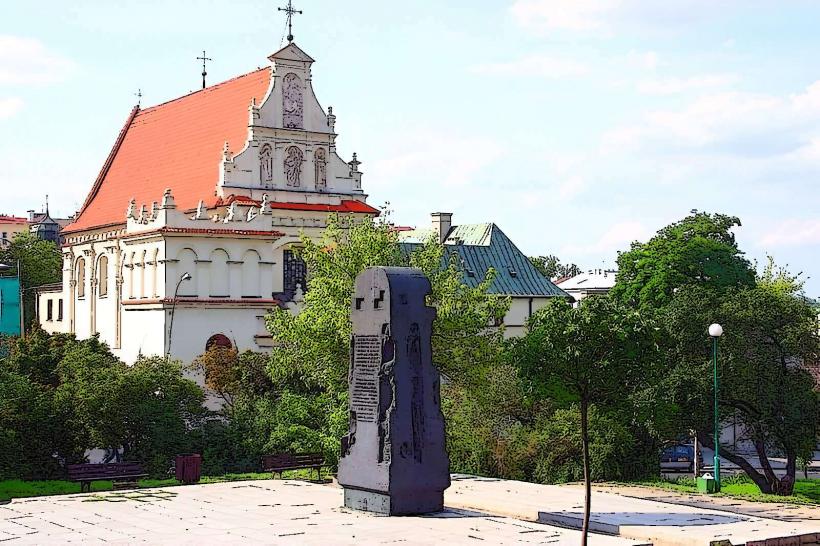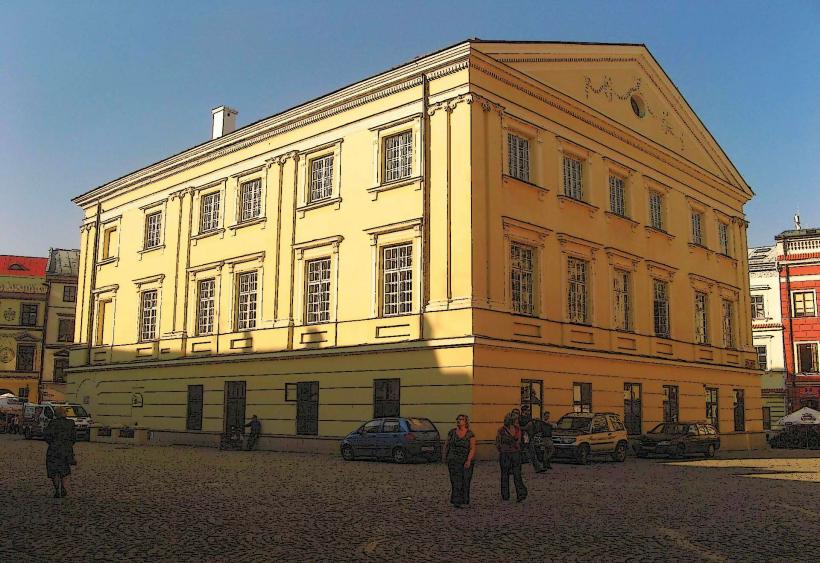Information
Landmark: Lublin CastleCity: Lublin
Country: Poland
Continent: Europe
Lublin Castle (Zamek Lubelski)
The Lublin Castle (Zamek Lubelski) is one of the most significant historical landmarks in the city of Lublin, Poland. Situated on Castle Hill overlooking the city, this medieval castle has played a pivotal role in the history of Lublin and the broader region of Poland. Over the centuries, it has served as a royal residence, a military stronghold, and a symbol of political power. Today, the castle stands as a cultural and historical monument, housing museums and art exhibitions.
1. History and Significance
Medieval Origins:
- The original castle was built in the 12th century by Prince Henryk Sandomierski of the Sandomierz dynasty. It was designed as a fortified residence and military stronghold to defend the region against invasions.
- The Lublin Castle grew in importance over the years and became the residence of various royal figures. It played a crucial role during the Piast dynasty and later under the Jagiellonian dynasty in the 15th and 16th centuries.
Royal Residence:
- The castle gained prominence as the royal seat of the Kings of Poland in the 14th and 15th centuries. It served as the residence of several Polish monarchs, including King Casimir III the Great, who made significant improvements to its structure.
- In the late 16th century, it was also used as a court of law and a meeting place for various political assemblies.
Decline and Transformation:
- The castle faced significant destruction over the years, especially during conflicts like the Swedish Deluge in the 17th century. It was largely abandoned for a period and fell into ruin.
- In the 19th century, during the partitions of Poland, the castle was repurposed for various functions, including as a prison under Russian control. The prison was notorious for its harsh conditions.
Post-War Reconstruction:
- After World War II, the Lublin Castle was restored and transformed into a museum. Its rich historical layers, from medieval fortifications to its later role as a prison, make it an important part of the cultural heritage of Lublin.
2. Architecture and Layout
Exterior:
- The architecture of the Lublin Castle is a mix of Romanesque, Gothic, and Renaissance styles, reflecting its long history and multiple periods of reconstruction and modification.
- The central part of the castle features a massive tower known as the Donjon, which was originally built as part of the fortress’s defensive system. The Donjon, which is one of the most prominent features of the castle, is Romanesque in style and served as the keep and fortification.
- The castle complex is also surrounded by a defensive wall and a moat, which served to protect the inhabitants from attacks.
Interior:
- The interior of the Lublin Castle has been extensively renovated to accommodate the museum and exhibitions. The interior layout of the castle includes several large rooms, chambers, and halls, many of which were originally used as royal living quarters, meeting rooms, and courts.
- The Chapel of the Holy Trinity is one of the most important parts of the interior. It is renowned for its Byzantine-style frescoes, which are one of the best-preserved examples of this art form in Poland. The chapel dates back to the early 14th century and remains a focal point for visitors interested in religious and artistic history.
Museum:
- Today, the Lublin Castle houses the Lublin Museum, which includes exhibitions on the history of the region, medieval architecture, and art. The museum showcases a vast collection of archaeological artifacts, historical paintings, sculptures, and relics from different periods of Lublin’s history.
- The castle’s courtyard is used for various cultural events, performances, and public gatherings, providing a space for both history and modernity to coexist.
3. Cultural and Historical Importance
Symbol of Lublin:
- The Lublin Castle is one of the most iconic symbols of the city and the Lubelskie Voivodeship. Its impressive architecture, historical significance, and location atop Castle Hill make it a landmark visible from various points in the city.
- The castle is a key location for national and local celebrations and plays a significant role in Lublin’s identity as a historical and cultural center.
Art and Culture:
- The castle is an important venue for cultural events, including art exhibitions, theatrical performances, and concerts. It regularly hosts events tied to Polish culture, history, and the arts.
- The Holy Trinity Chapel is also used for religious services and concerts, further cementing the castle’s place in the cultural life of the city.
4. Visitor Information
Location:
- The Lublin Castle is located on Castle Hill in the historic heart of Lublin, a city in eastern Poland. Its central location makes it easily accessible from other points of interest in the city.
- The castle is situated near other historical landmarks, such as the Old Town and Lublin Cathedral, making it an ideal stop for tourists exploring the area.
Opening Hours:
- The castle is open to the public throughout the year, though it may have adjusted hours for special holidays or events. It is best to check the castle’s official website for up-to-date hours and opening details.
Admission:
- Admission to the Lublin Castle typically requires a ticket. There are various pricing options, with discounts for students and seniors. Some of the museum’s special exhibitions may require an additional ticket.
- Guided tours are available, providing deeper insight into the history, architecture, and art of the castle.
Facilities:
- The castle offers visitor amenities, including a gift shop, a café, and information points. It also has accessible entrances for people with mobility challenges.
- The castle grounds and museum are well-maintained, providing an enjoyable and educational experience for all visitors.
5. Conclusion
The Lublin Castle is an integral part of Lublin's historical and cultural landscape. From its medieval origins to its role as a royal residence, military stronghold, and later, a prison, the castle has witnessed centuries of Polish history. Today, it serves as both a symbol of the city's past and a vibrant center for cultural activities, with a museum that brings the region’s history to life. Whether you're interested in medieval architecture, religious art, or simply exploring the city, the Lublin Castle is a must-visit landmark for anyone in Lublin.

